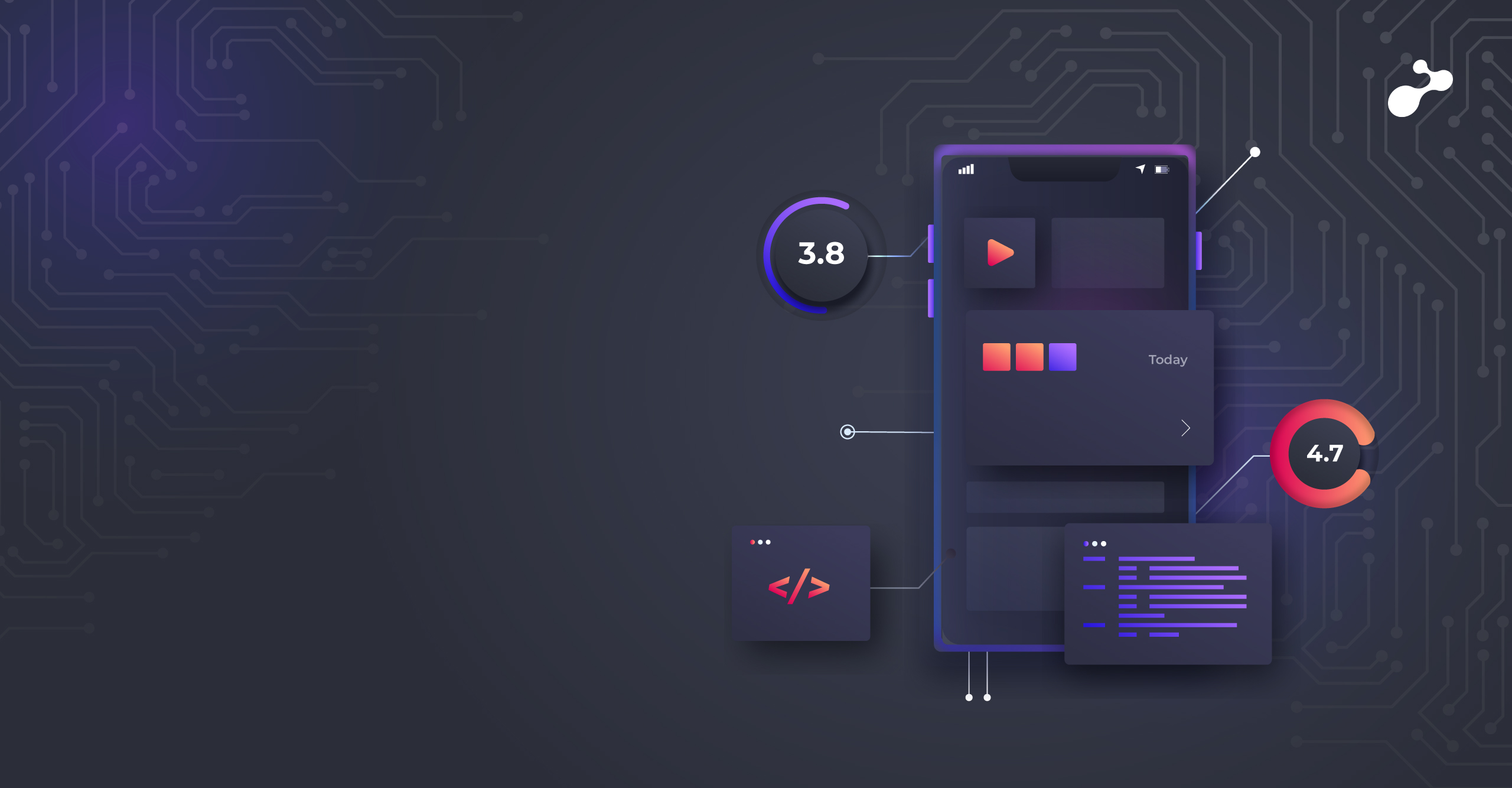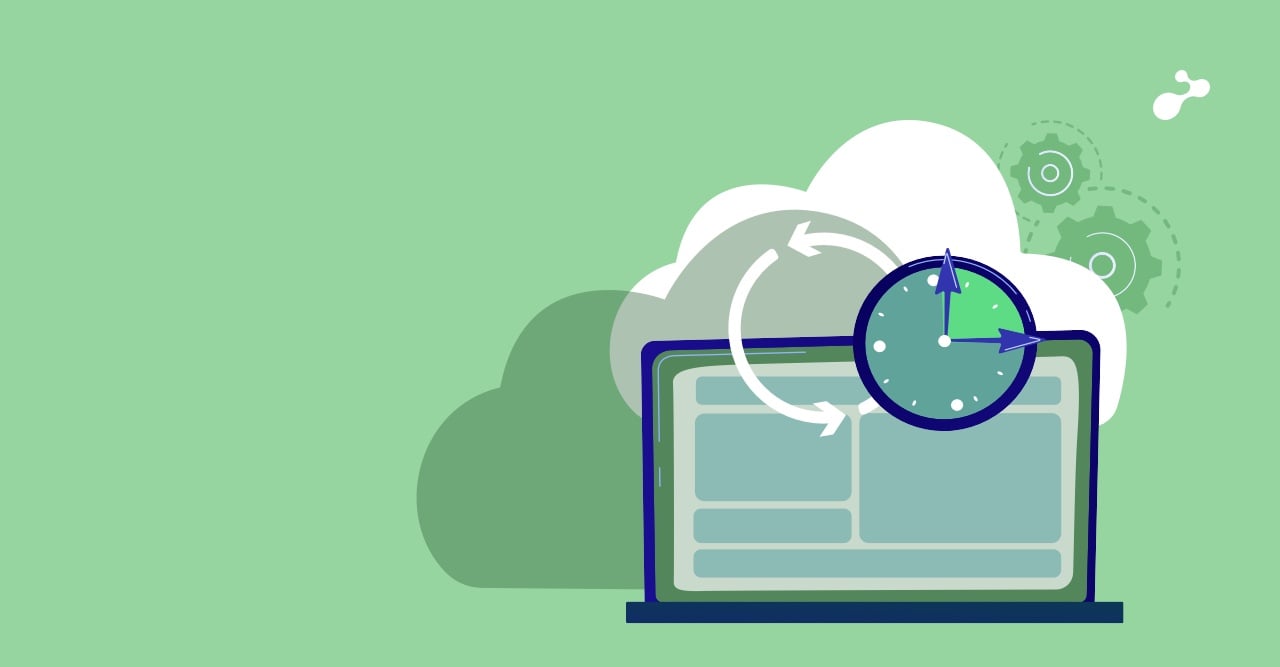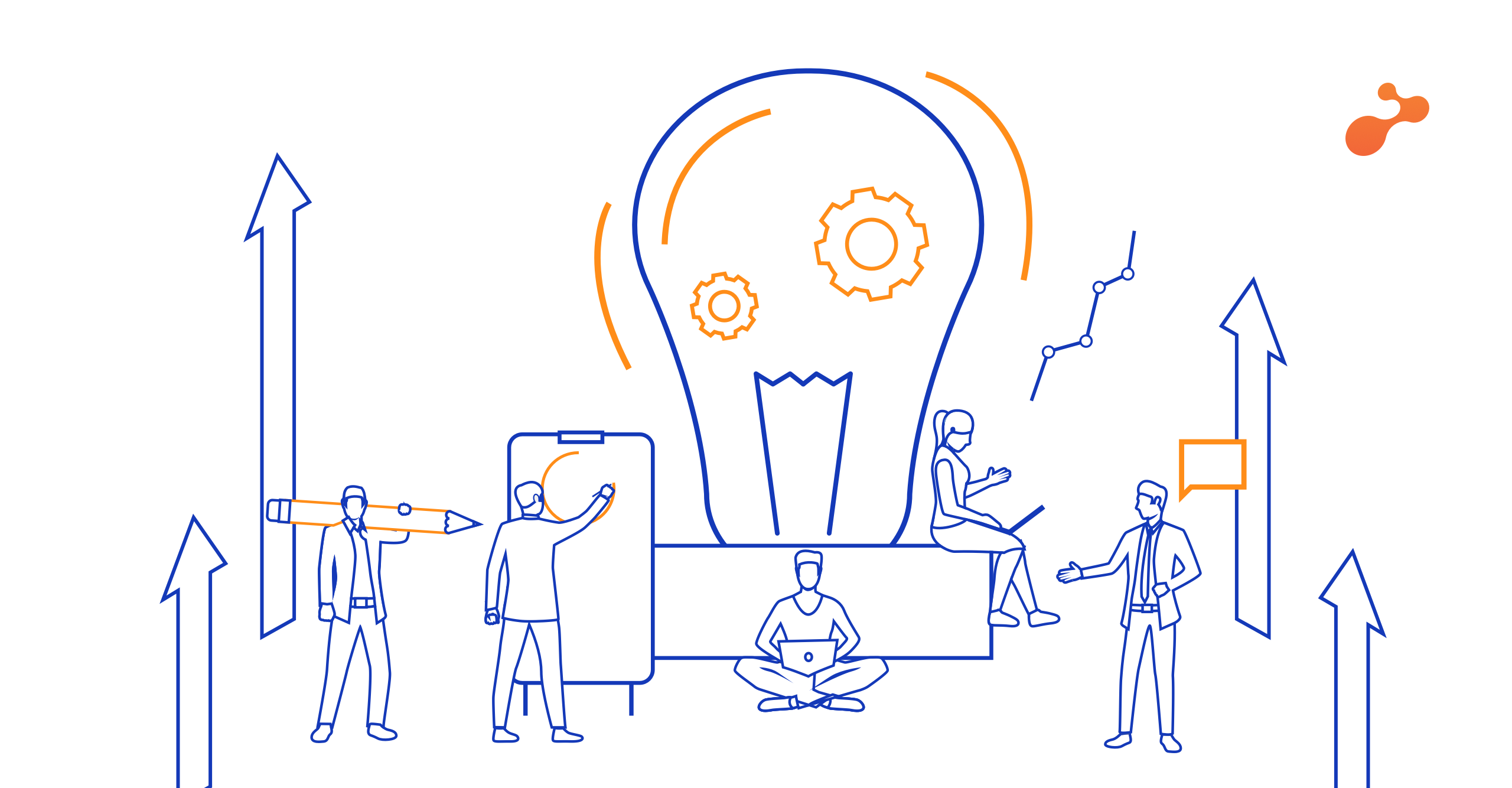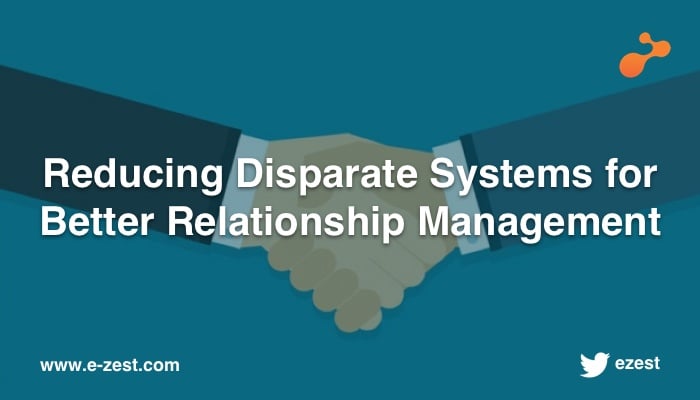“We will eliminate the need for human coders by 2022 using AI”- AI-Driven Development Companies
“Why would I create something that takes away my job?”- Coders
Product development is always the fancier child of software development – taking away the spotlight in board room discussions and tech conferences alike. With good reason – While application development continues to wrestle with larger problems with an increased focus on bringing consumer-like experience, product development is on a different level of experience and technology adoption altogether.
The quote above doesn’t lead us to a chicken and egg problem. It raises pertinent questions about the role of developers as enablers in an AI-driven scenario where requirements and design get converted to code. I still remember the idea for a start-up which was shown to us back in college, where a series of business architectures were directly converted to high-level functions – That seemed fascinating. Two days ago, we launched the beta for a start-up where an architecture diagram was directly converted to code. Still fascinating, but very ubiquitous.
This is like sci-fi penetrating the realms of software development. From creating AI models, programmers will see virtual coding partners playing poker with them for taking up user story tasks. 10% of product companies have started making forays into this and more are yet to come forward. The story doesn’t end with just AI-driven development. The hordes of testing data that were Excel-created in the dark ages and are script-generated now can be created by AI algorithms.
How is this different from scripting? Instead of needing new scripts when the testing context changes, the AI algorithm can generate new data to match the new scenario. The coders’ quote at the start has a definitive answer and I think it is apparent from the context so far. The amount of creativity needed to create solutions that can generate and mutate the data output to make the test data work is gigantic. So, developers who can create AI-driven development tools would be the hottest thing in two to three years.
Next-gen product development doesn’t stop there. Apart from development, testing and support, the product development approach is predicting the product adoption where big data can play a pivotal role. Instead of dabbling in user surveys and empathy mapping, (which are extremely useful exercises in their own right), the data collected for similar product launches could include the time, place of launch, geographical target, and immediate launch sentiment. All these can be factored into your product launch and adoption plan.
We saw how emerging technologies can power next-gen product development and impact analysis, development, and testing in radical ways. More areas can be positively impacted. As we uncover more areas of exciting technology at play (for example, having a video stream track and analyze the customer’s expressions during a demo, with due consent, to know the unwritten product feedback) and reveal more visceral experience touch points, the arena of next-gen product development will become a field of super-niche innovators and thinkers.









